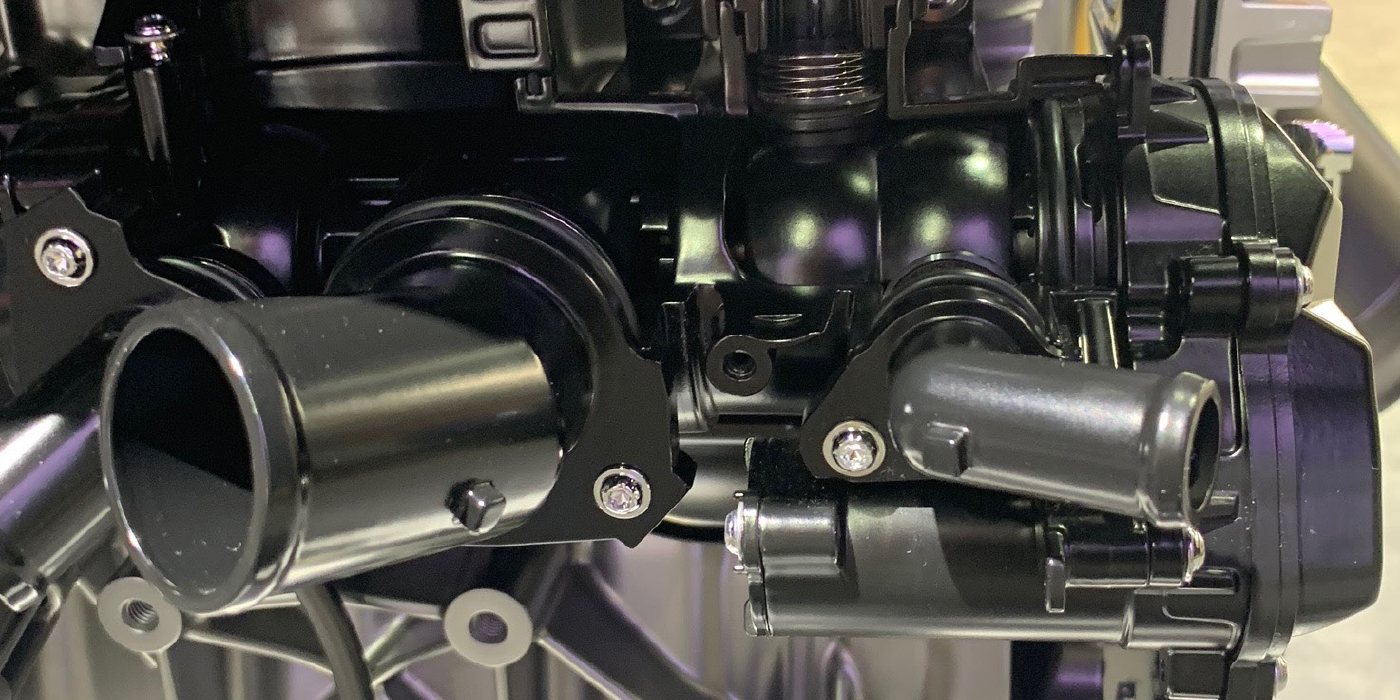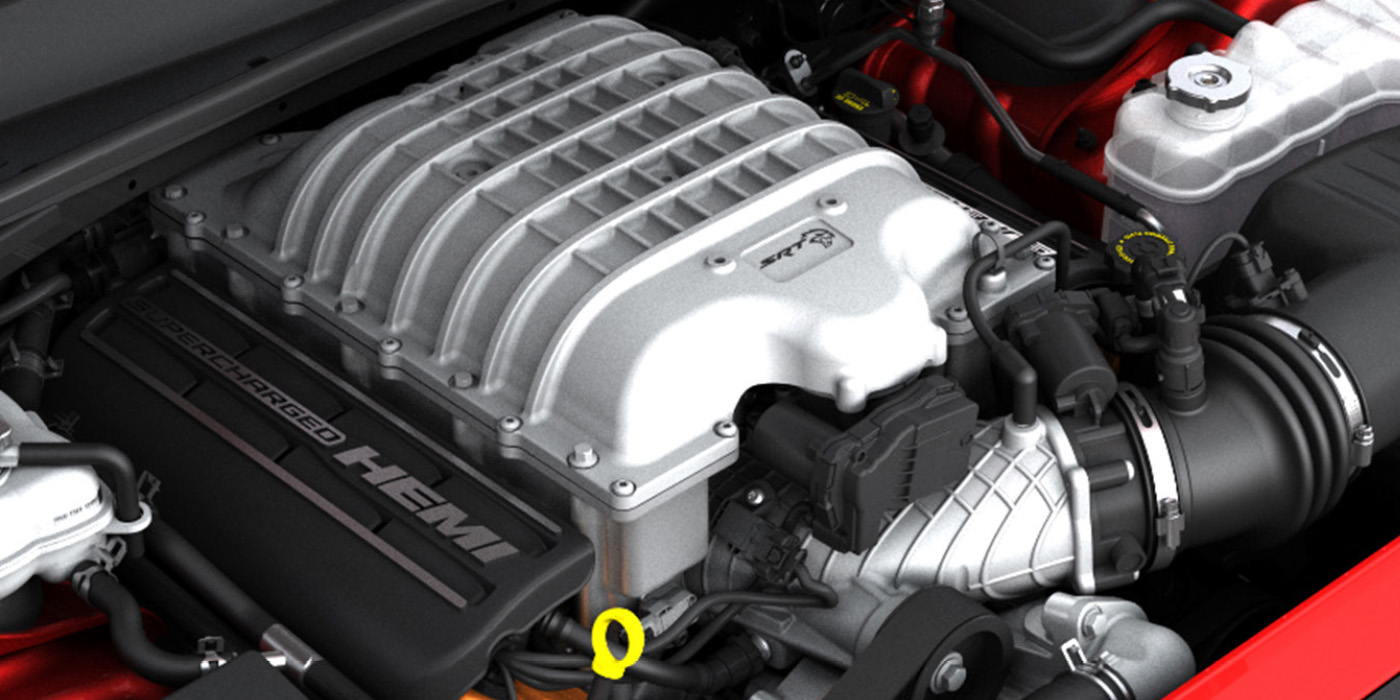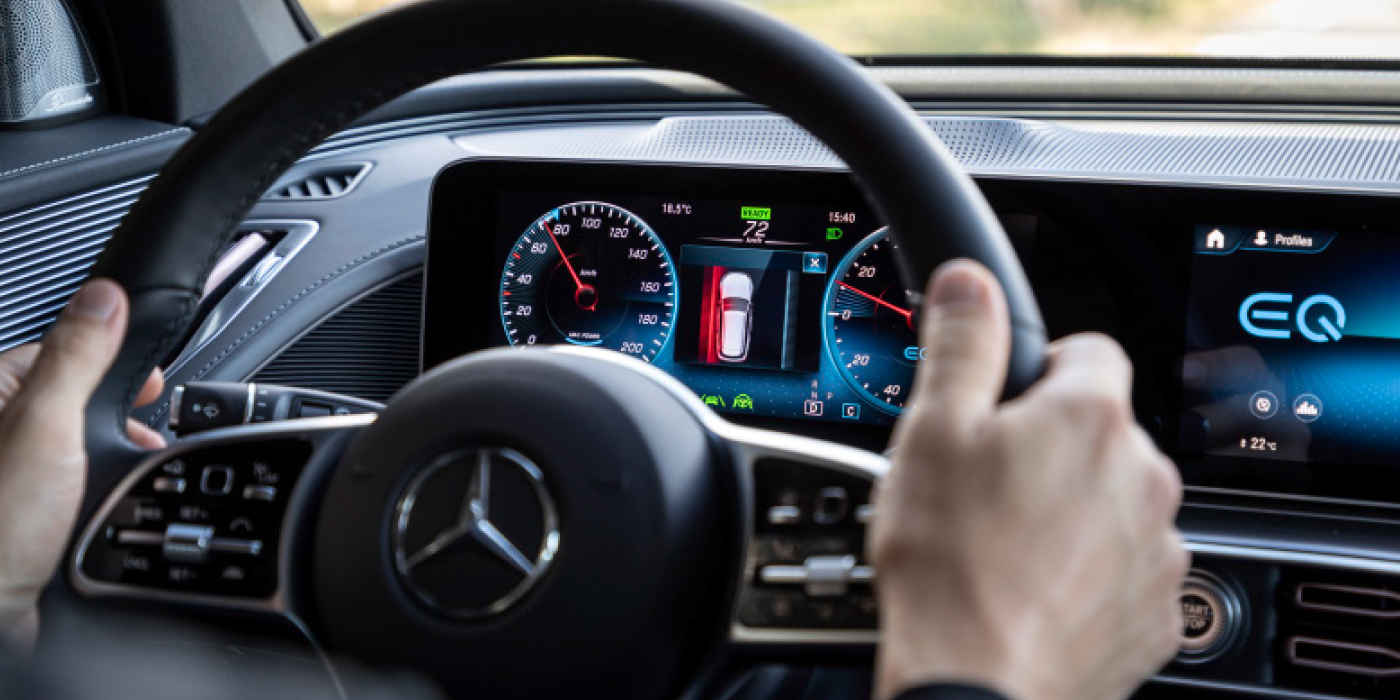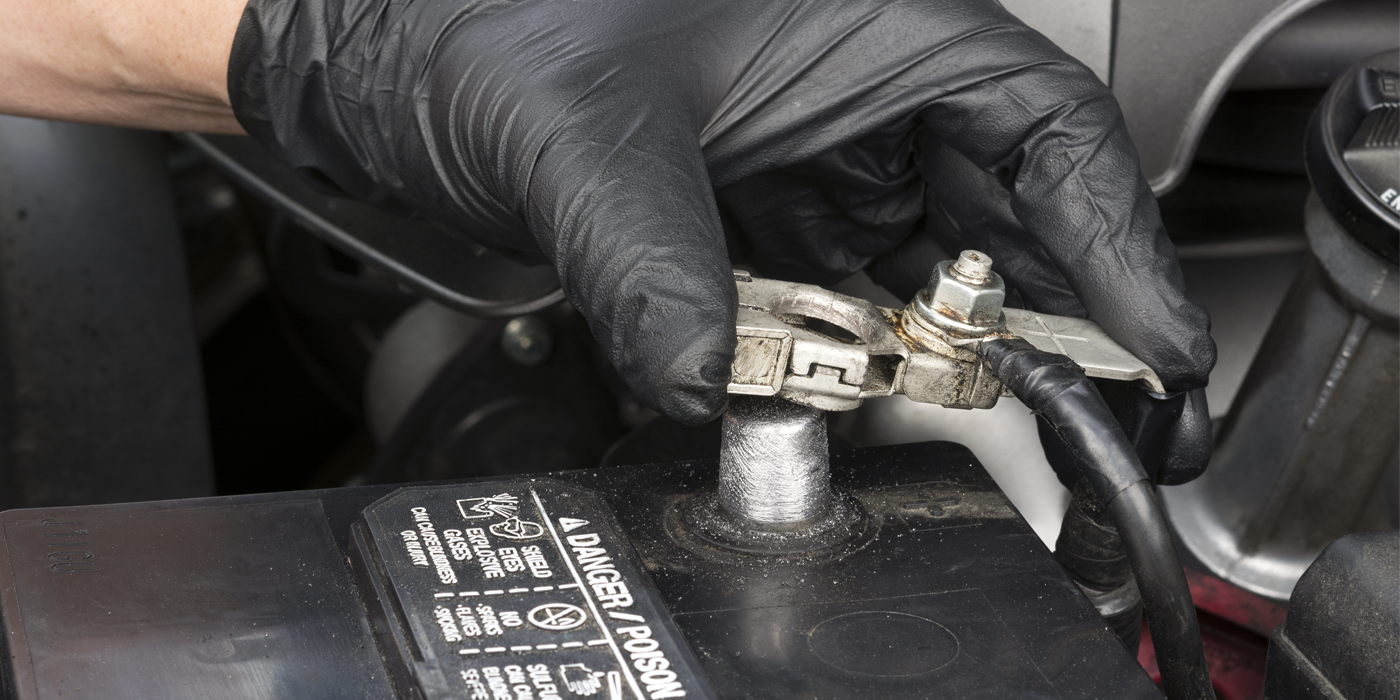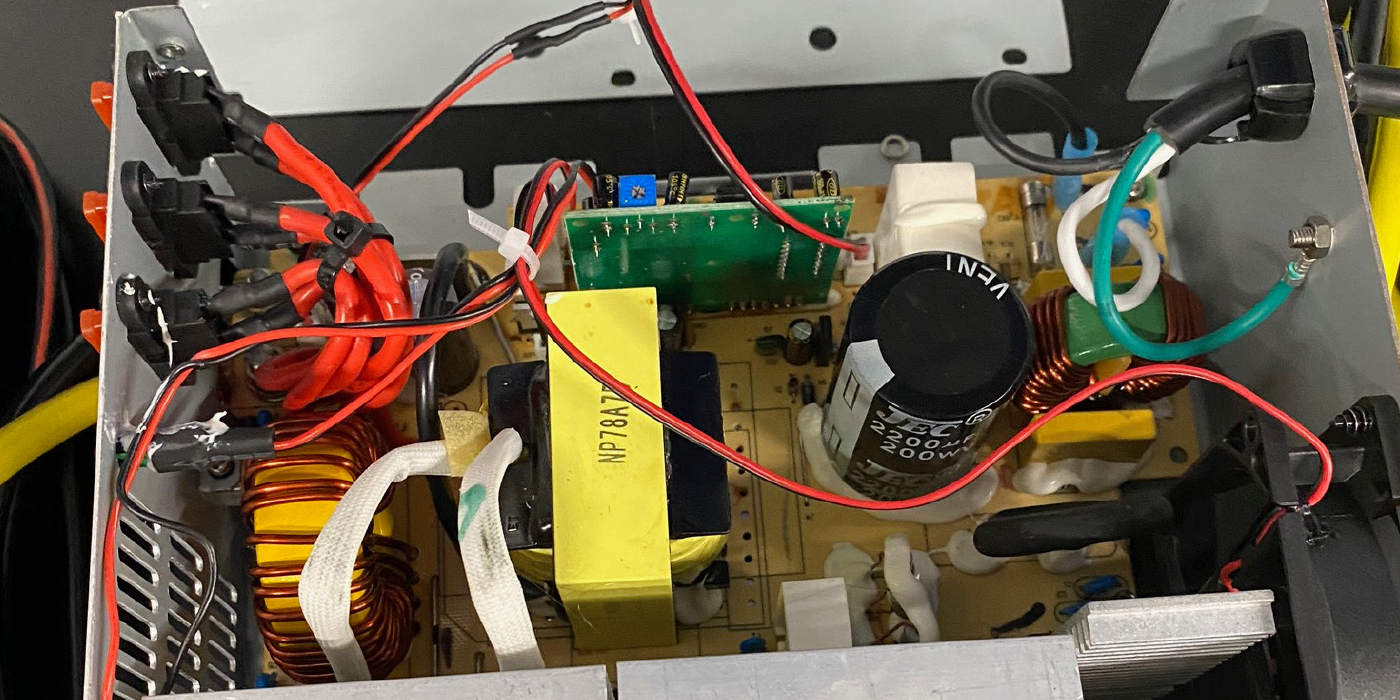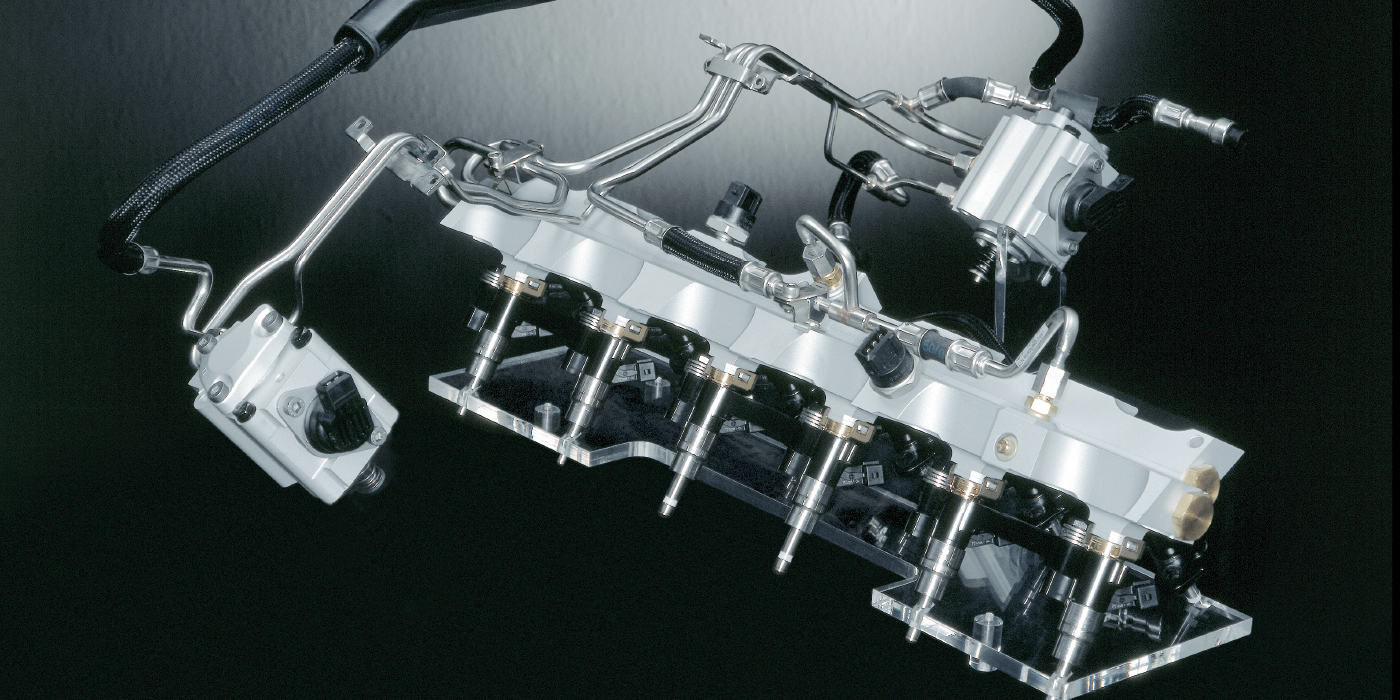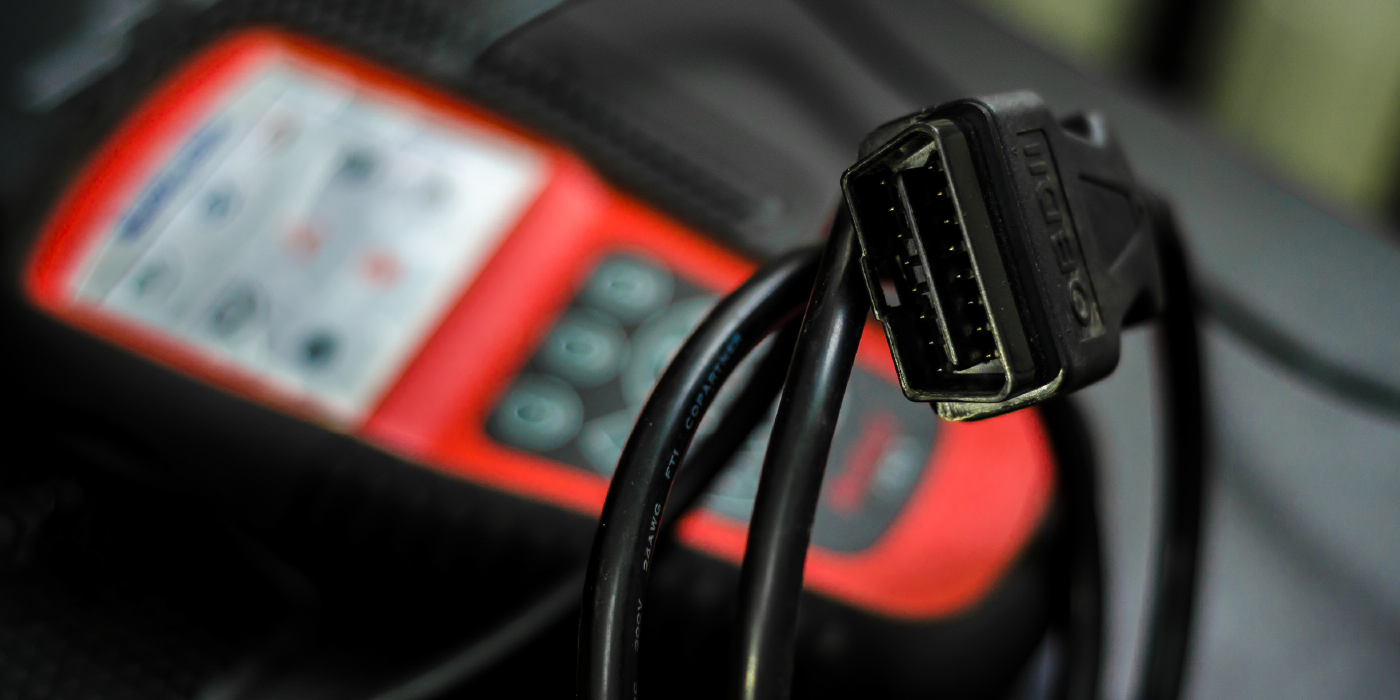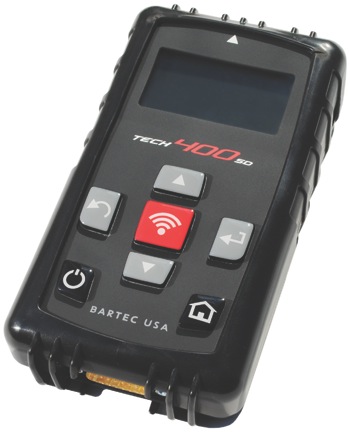
Currently, aftermarket technicians faced with installing a new TPMS sensor on the Mitsubishi Lancer, Outlander and the new Mirage, must send their customers away or to the OE dealer to have the new sensor ID programmed to the car. This adds cost and creates unhappy customers. With Bartec’s new Mitsubishi Assisted Relearn, aftermarket tire and repair shops can now complete the all-important relearn step right in their service bay, keeping the work in house and keeping the customer happy.
Bartec makes getting this new functionality easy as well. Purchase the Mitsubishi Assisted Relearn adapter kit and download R51 from the Bartec Tool website, then update your Tech400+, Tech400SD or Tech500 and you are ready to go. Unlike “short-cut” methods, the Bartec Mitsubishi Assisted Relearn process provides full diagnostic capability in addition to completing the proper relearn. The Mitsubishi Assisted Relearn process includes testing the sensors installed, detecting and recording DTCs [fault codes] and, finally, verifying that the proper sensors were relearned. All of this critical information is then stored on the tool. You can then easily print the detailed Bartec TPMS Audit Report for the customer to take with them.
“There is an extra benefit,” according to Mike Rose, Bartec product manager, “while a second activation tool makes the process faster, it is not required when using this kit. Bartec has designed the process to work using the “pressure drop” method as well. However, if you have one of those early activation tools laying around, now you can blow the dust off it and ‘re-purpose’ it!”
The Mitsubishi Assisted Relearn kits begin shipping the first of February and software release 51, which contains this exciting new function, will be available mid-February. Contact your authorized Bartec distributor for more details, or call Bartec direct at 855-877-9732 to find your closest distributor.

